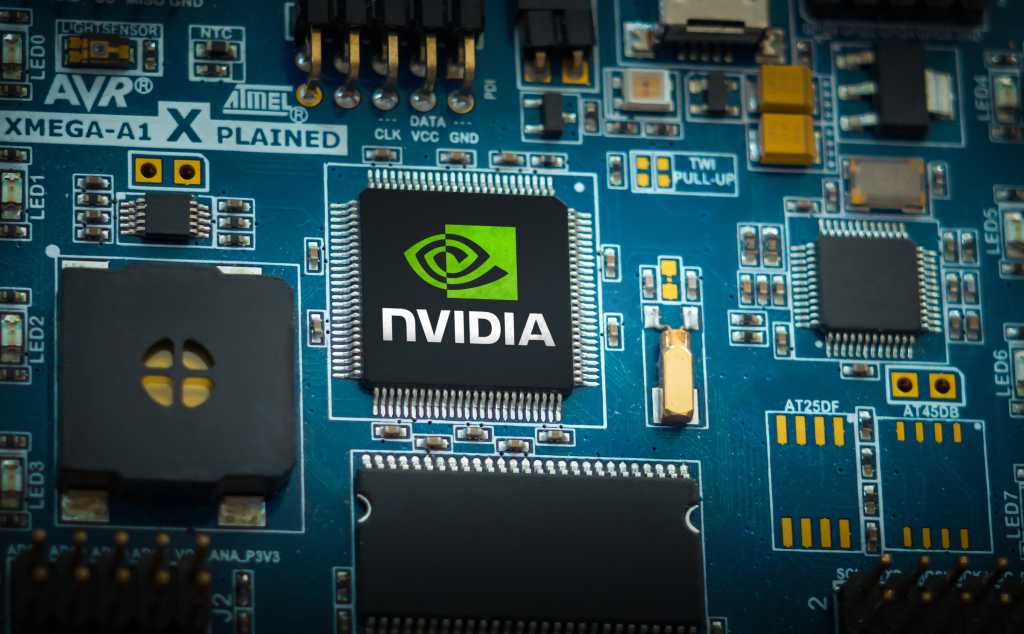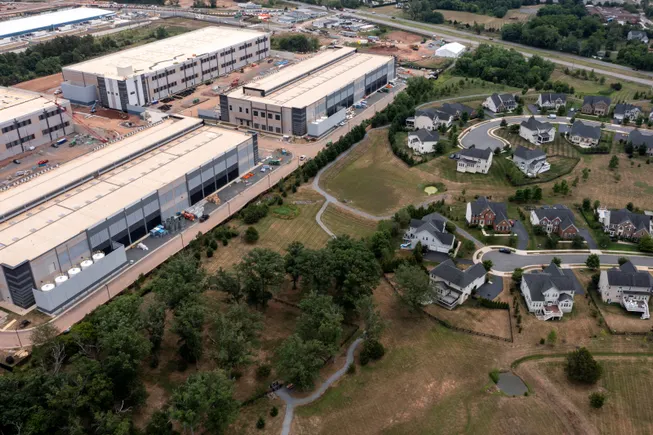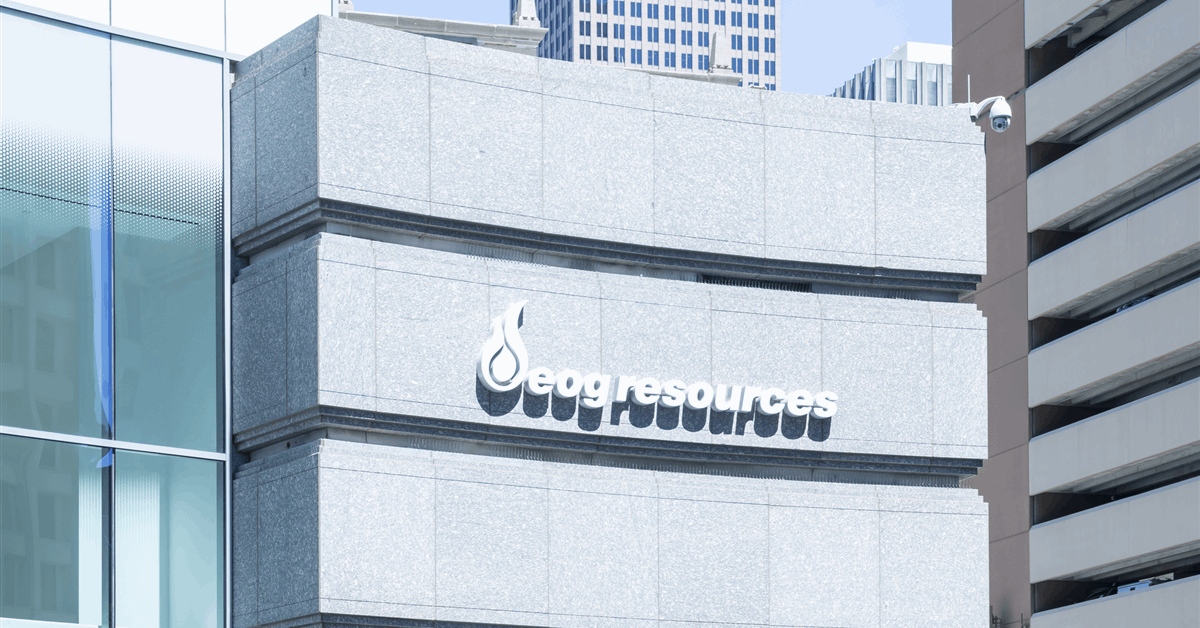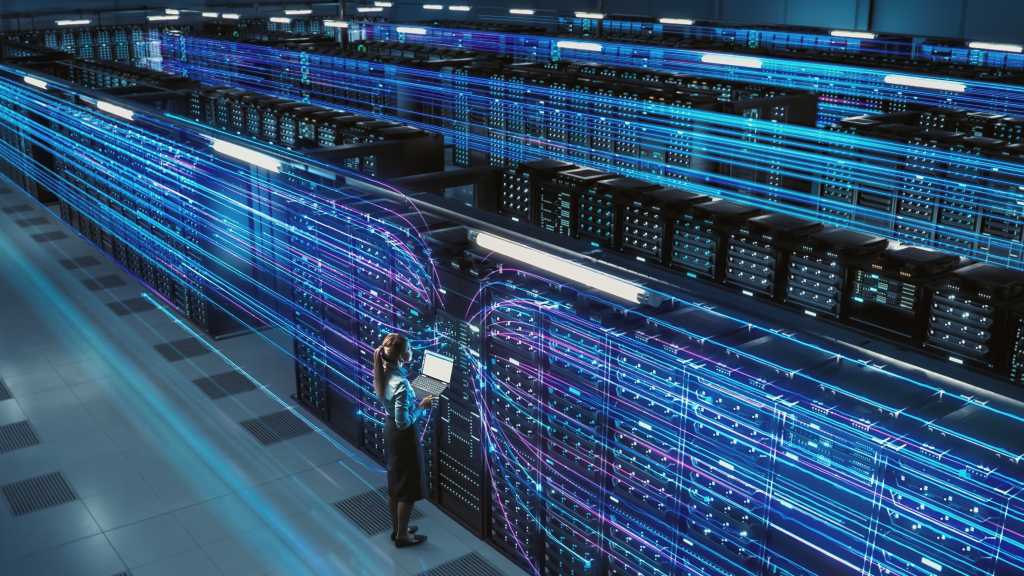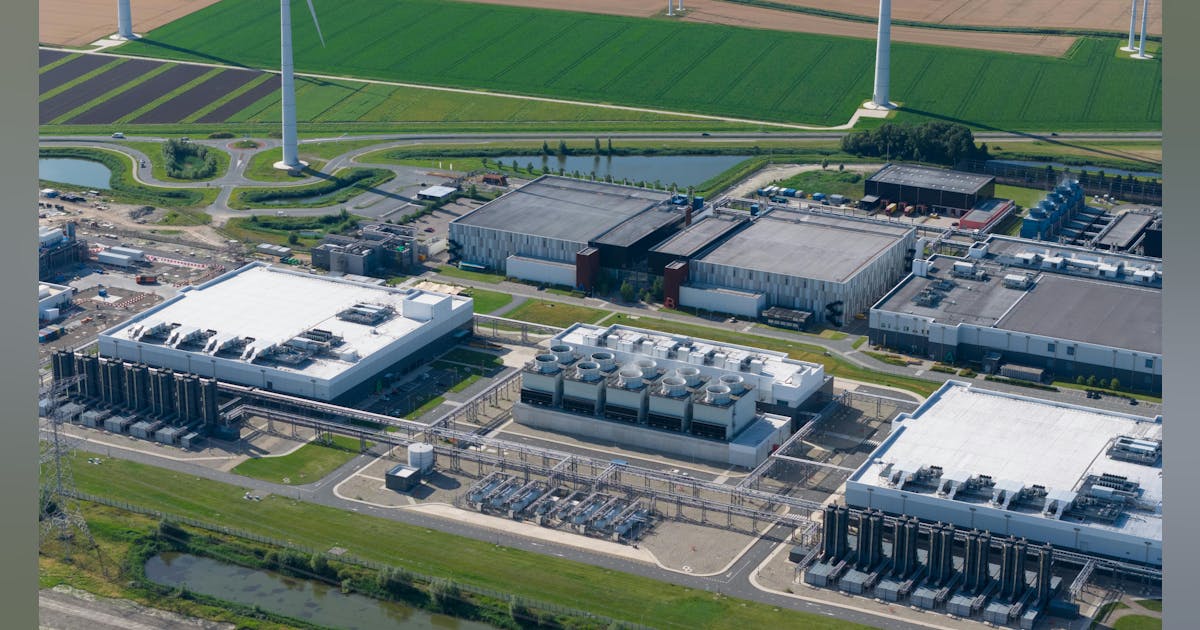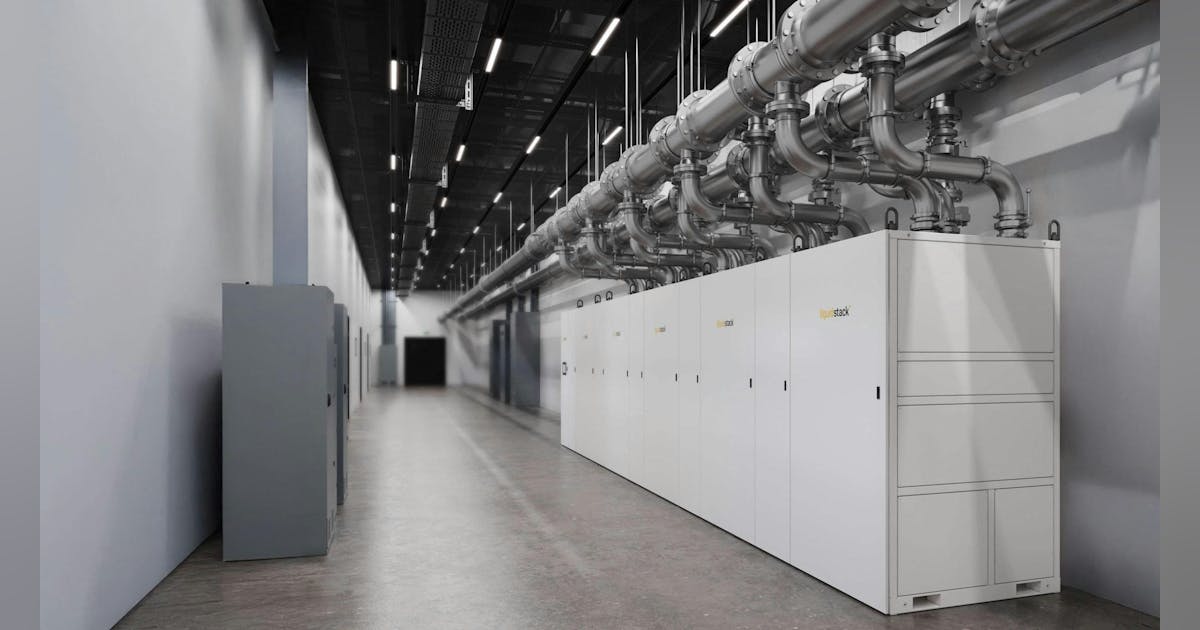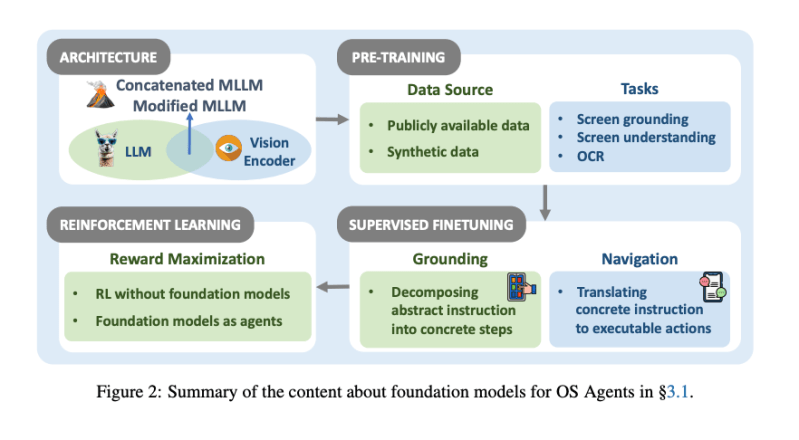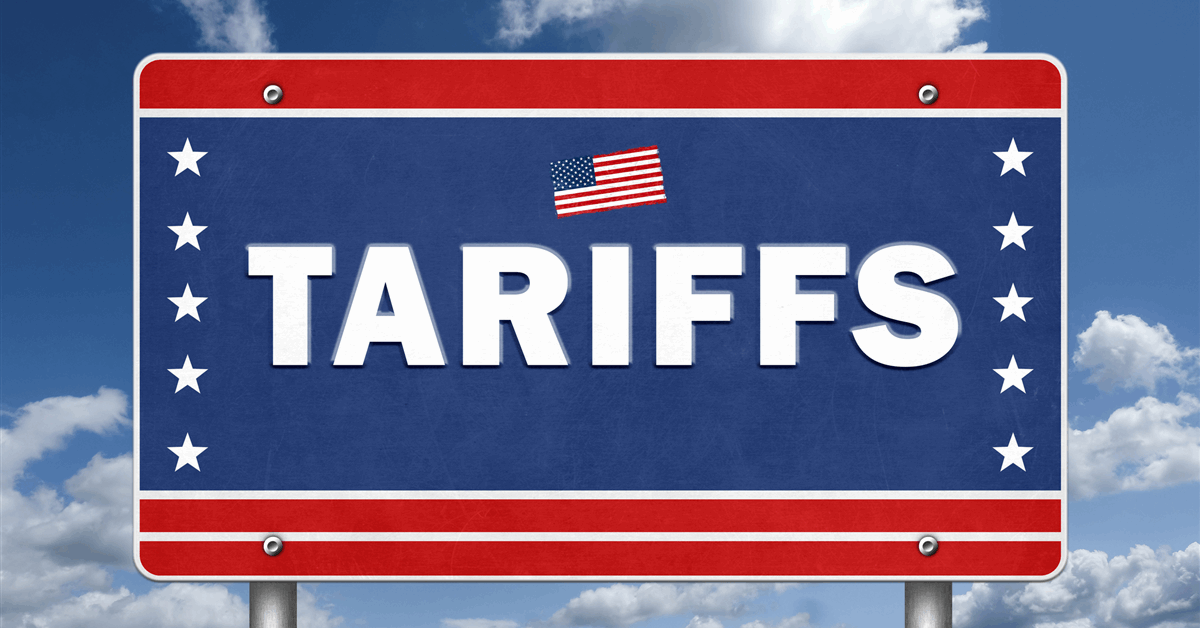
(Update) August 7, 2025, 3:54 AM GMT+1: Article updated.
US President Donald Trump doubled tariffs on Indian goods to 50% as a penalty for its purchases of Russian oil, escalating a fight with a key Asian partner and sparking outrage in New Delhi.
Trump signed an executive order imposing a 25% tariff on Indian imports that will stack on top of the 25% levy he announced last week, the White House said Wednesday. The higher duty will take effect within 21 days, according to the order, providing some time for negotiation.
Prime Minister Narendra Modi’s government fired back after the announcement, saying the purchases are necessary for the nation’s energy security and blasting Trump for singling out India when other countries are also buying Russian oil. The nation’s opposition leader, Rahul Gandhi, also lambasted Trump as a “bully.”
“We reiterate that these actions are unfair, unjustified and unreasonable,” a spokesperson for the Ministry of External Affairs said in a statement. “India will take all actions necessary to protect its national interests.”
Trump has given Russian President Vladimir Putin an Aug. 8 deadline to reach a ceasefire with Ukraine or face sanctions, and threatened Moscow’s key trading partners like India in a bid to secure leverage. While talks between US and Russian officials on Wednesday didn’t provide an immediate breakthrough, Trump said afterward there was a “very good chance” he would meet with Putin and Ukrainian President Volodymyr Zelenskiy soon in another bid to broker peace.
Investors largely took the news in stride. Oil inched higher after a five-day drop — the longest losing run since May — while the iShares MSCI India ETF closed 0.3% lower in US trading Wednesday. One-month forwards on dollar-rupee held steady at around 87.9 in the offshore market.
Although a deal is still possible to avoid the higher rate, Trump’s recent barrage against India has quickly damaged ties with a nation that successive administrations have sought to court as a counterweight to China. He’s called India’s economy “dead,” its tariff barriers “obnoxious” and its people indifferent to the plight of Ukrainians — adding to tensions after Trump angered India by claiming to have brokered peace with Pakistan earlier this year.
If implemented, the higher rates would be a further hit to India’s economy. Bloomberg Economics estimated that a 50% tariff may cut US-bound exports by 60%, putting 0.9% of gross domestic product at risk. It would particularly hit labor-intensive industries such as gems and jewelry, textiles, footwear, carpets and agricultural goods.
‘Leverage, Not Policy’
“The move appears less about pressuring Moscow and more about forcing Delhi’s hand in stalled trade talks,” Chetna Kumar and Adam Farrar of Bloomberg Economics said in a report. “Notably, Trump hasn’t imposed similar penalties on other major buyers of Russian crude — including China — or on Russia itself, and has delayed implementation by three weeks, signaling this is leverage, not policy.”
Trump unilaterally imposed a 25% “reciprocal” charge on Indian goods set to take effect Thursday following months of negotiations with New Delhi. He accused Modi’s government of refusing to ease market access for American goods and criticized its membership in the BRICS group of developing economies. India has been reluctant to import more agricultural products, in particular, in order to protect its farming and dairy industries.
While India is still open to talks, Trump’s tariff threats are eroding goodwill and risk prompting Modi to shift closer to Russia and China. He’s planning to visit China later this month for the first time in more than seven years, Reuters reported Wednesday, a trip that had been flagged earlier this year in high-level visits by key cabinet members to Beijing prior to the deterioration in ties with the US.
Although Modi has refrained from mentioning Trump by name, he has struck a defiant tone in the wake of the tariff threats, warning that the international situation is volatile and urging the nation to buy local goods. The US president’s move to impose a 50% tariff sparked a rare moment of unity across India’s political spectrum.
“Trump’s 50% tariff is economic blackmail — an attempt to bully India into an unfair trade deal,” Gandhi, leader of the opposition Congress party and Modi’s main rival, said in a post on X. “PM Modi better not let his weakness override the interests of the Indian people.”
Trump’s 50% tariff is economic blackmail – an attempt to bully India into an unfair trade deal.
PM Modi better not let his weakness override the interests of the Indian people.
— Rahul Gandhi (@RahulGandhi) August 6, 2025
Shashi Tharoor, another opposition lawmaker, urged Modi’s government to look at alternative trading partners and said he expects pressure within India now to impose reciprocal tariffs on American shipments to the South Asian nation.
Trump’s threat to impose tariffs on the pharmaceutical sector could also deal a major blow to India, as the industry ranks among the country’s top three exports to the US. The Asian nation exported over $10.5 billion worth of pharmaceuticals in 2024–25, according to Indian Commerce Ministry data. Duties on drugs would leave over 40% of India’s exports to the US adversely affected, adding to existing levies on steel, aluminum, and autos.
Ajay Sahai, director general of the Federation of Indian Export Organisations, said Trump’s moves are a “severe setback” for Indian companies as orders already have been on hold. “This additional blow could force exporters to lose long-standing clients,” he said.
Trump has also turned to tariffs as a tool to try and force the end of Putin’s invasion of Ukraine, now in its fourth year. The president boasted during his 2024 campaign he could end the conflict on his first day in office, but he has increasingly vented frustration as efforts to broker a truce have made little progress.
Ukraine’s allies have said energy purchases by India, China and other nations have propped up Putin’s economy and undercut pressure on Moscow to end the war.
Asked Wednesday about why he’s not putting tariffs on China over its purchases of Russian oil, Trump said it “could happen.” Still, White House adviser Peter Navarro downplayed that possibility in a separate appearance with reporters.
“We have over 50% tariffs on China,” Navarro said. “We don’t want to get to a point where we hurt ourselves.”


